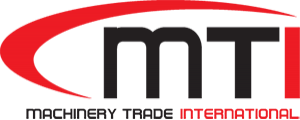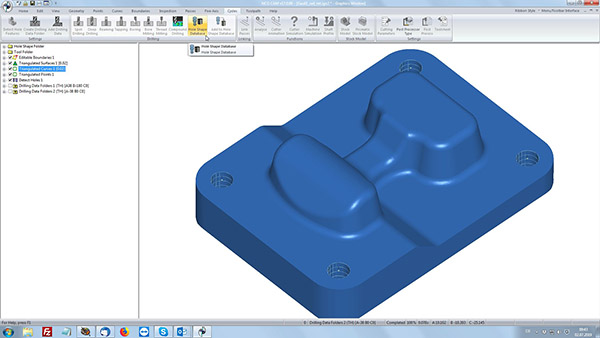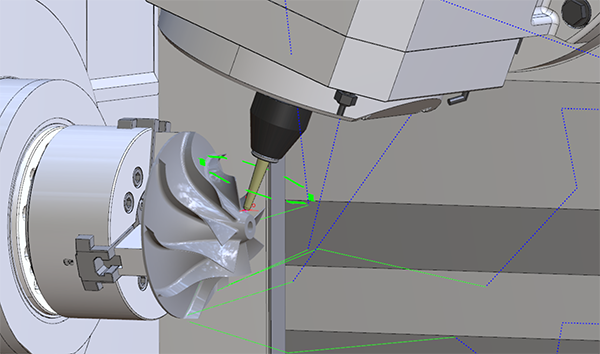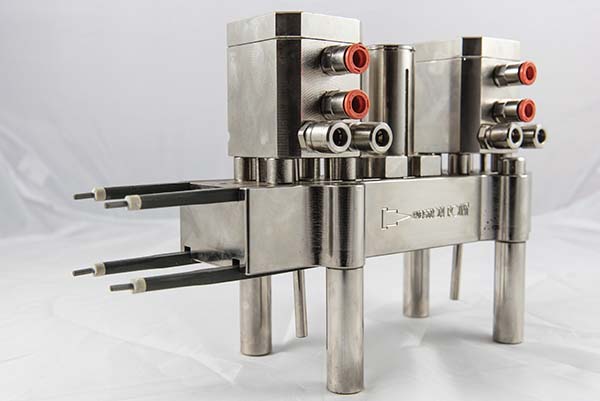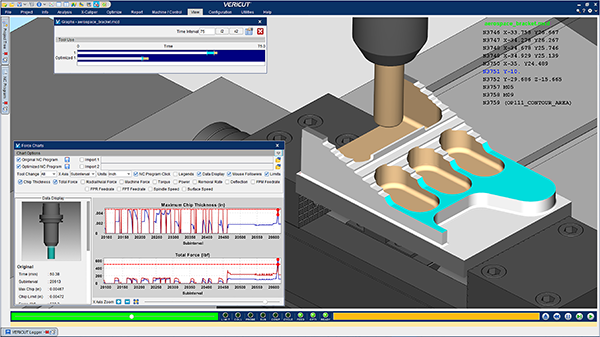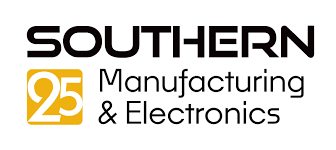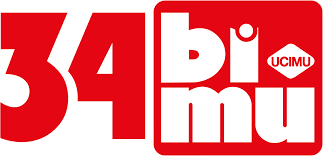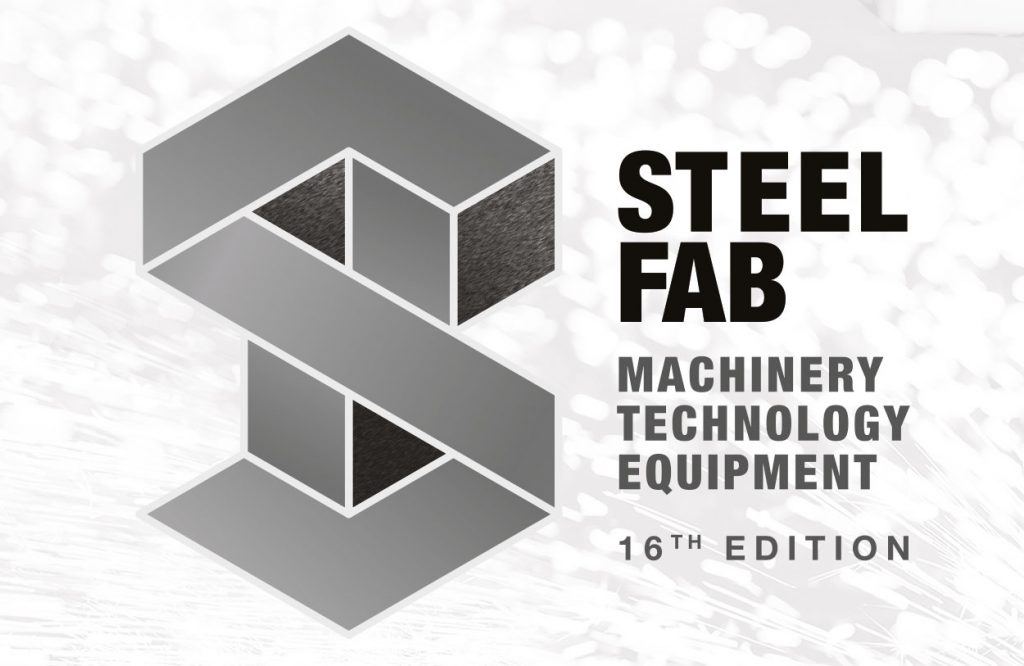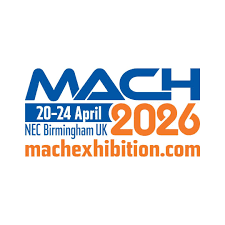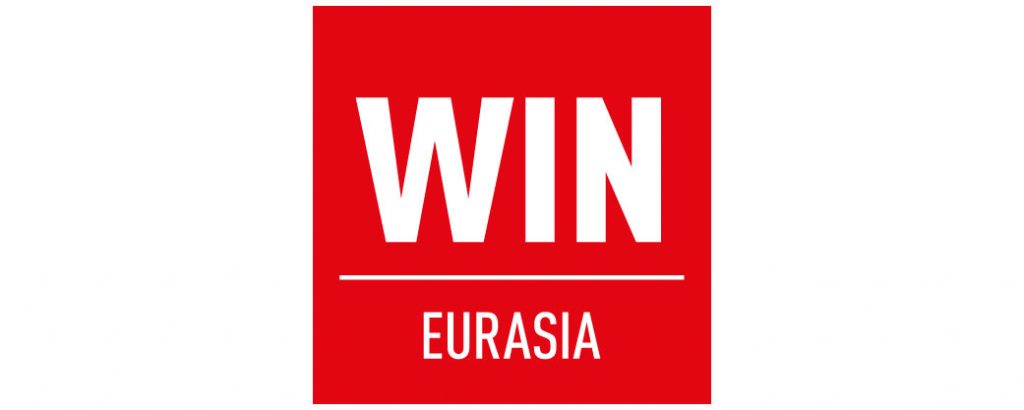In the summer of 2019, NCG CAM Solutions Ltd celebrated 10 years of trading, a milestone boosted by a record 41% growth in sales compared with the previous 12-month period.

NCG CAM has therefore decided to share its success with potential customers, by offering a 41% discount to all multi-seat orders of NCG CAM perpetual licences until the end of December 2019. Much of the company’s growth is down to the growing number of customers looking for perpetual licensed CAM software, as an alternative to being forced down a subscription route.
“After having worked with our software since it was first developed as DEPOCAM 22 years ago, it’s a really exciting time,” says Estelle Dunsmuir, sales and marketing director at NCG CAM. “Customer care and support is of the utmost importance, so passing our success down to clients is a must. As well as offering this special discount until the end of December, we’ve also recruited two additional software developers, to introduce even more functionality to our software, also giving more
value to customers.”
Again in line with the company’s 10-year anniversary, NCG CAM v17 is scheduled for imminent release, and will be the first version with the new ribbon-based user interface (UI). It is expected that the new UI will further increase sales growth.
For further information www.ncgcam.com
